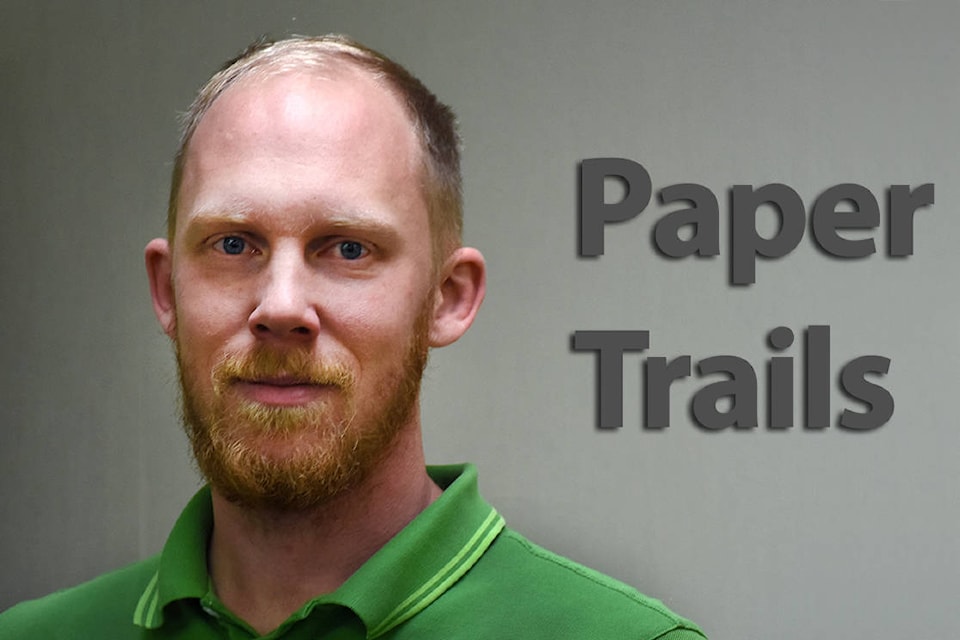Those who choose a life of politics know what they’re getting themselves into. And, usually, the problems they face are of their own making – or at least the making of politicians before them.
But spare a half-thought for councillors and mayors around the Lower Mainland who will have to try to explain to a slice of angry residents that they aren’t responsible for their drastically higher tax bills this year (or last).
Basically, if you are in Abbotsford and your property tax goes up more than two per cent, yelling at the city about the tax hike is like complaining to a light-bulb manufacturer when the power goes out in your city. Your lightbulbs might be prone to failure. They may cost too much. But the lightbulb isn’t the source of your current predicament.
Over the last two years, almost all the movement in a homeowner’s property taxes is due to the assessed value of a house (or apartment or townhouse) and how it compares to the city average.
Higher-than-average assessment increases mean tax hikes. If your house’s value goes up only a little bit, your taxes may go down. I’ve explained this elsewhere in stories so I won’t belabour the point again here. (We’ll have a story on the issue in Friday’s paper.)
I wouldn’t even be devoting this space to the topic had Mayor Henry Braun and Coun. Dave Loewen not mentioned a couple of possible suggestions that deserve a little more analysis.
First, Braun has suggested variable rates for different property taxes. The province would need to pass legislation to allow that to happen, but the move would give cities the opportunity to even out the spikes.
Tax rates – and increases or decreases for single-family houses, in this scenario – wouldn’t be linked to those for apartments, lessening the impact of year-over-year sector-specific value increases.
A side benefit would be the move could be used to incentivize certain types of development. But that is also the idea’s greatest flaw: once rates diverge, it may be difficult to bring them back together.
The result could be that residents whose properties increase the fastest end up paying proportionally less than those with less-valuable homes. It could, in other words, turn into a regressive tax that is less-friendly to low- and moderate-income homeowners.
Loewen, meanwhile, briefly floated the idea of a flat tax that could be more linked to the amount of services a homeowner uses and the amount of taxes they pay.
The simplest version of the suggestion would result in a tax policy that would flatten taxation levels; that would inevitably lead to owners of expensive houses paying a little, or a lot, less, and owners of cheap strata units paying more.
But here’s the thing: Owners of more-expensive houses generally use more city services. Single-family houses require more water for their yards; a 100-yard road and sewer and water system will serve many more townhomes than houses. All things being equal, less-dense areas with more-expensive homes actually do use fewer services.
That, in fact, was a guiding principle when council gave the thumbs-up to its Official Community Plan, which hopes to increase density in order to both create a more coherent community and one that operates more cost-efficiently.
If the city wants more people moving into multi-family housing, making those people pay a higher tax rate seems counter-intuitive.
Here’s an idea that didn’t come up: Instead of being taxed on your property’s value this year, have the tax be applied to the average from the last two or three years.
It wouldn’t entirely solve the problem, but it could moderate it.
